I recently visited the Abu Hanifa Mosque, one of the most prominent mosques in Baghdad, Iraq. It is built around the tomb of Abu Hanifa an-Nu’man (lived circa 699-767 CE), who became the eponymous founder of the Hanafi madhhab — school of Islamic jurisprudence (fiqh). It is in the al-Adhamiyah district of northern Baghdad, which is named after Abu Hanifa’s reverential epithet Al-imam al-a’dham (The Great Leader).
Hanafi madhhab is followed by Muslims in the Levant, Central Asia, Afghanistan, Pakistan, India, Bangladesh, Egypt, Iraq, Turkey, the Balkans and by most of Russia’s Muslim community. There are movements within this school such as Barelvis and Deobandi, which are concentrated in South Asia.
Abu Ḥanifa was born in the city of Kufa in Iraq. His father, Thabit bin Zuta, was a trader from Kabul (Afghanistan). He ranks as one of the greatest jurists of Islamic civilisation and he attained a very high status in the various fields of sacred knowledge and significantly influenced the development of Muslim theology.
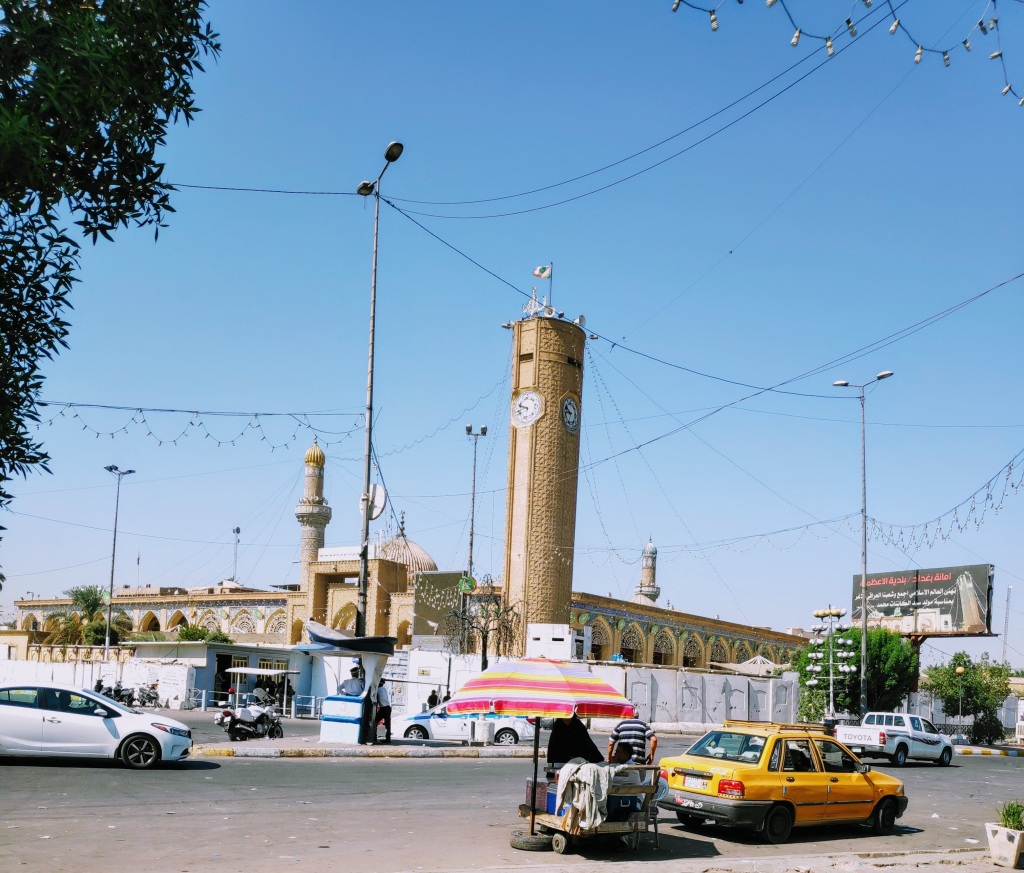
In 763 CE, Abu Ja’far al-Mansur, the Abbasid monarch offered Abu Hanifa the post of Qazi al-Quzat (Chief Judge of the State), but he declined the offer, choosing to remain independent. His student Abu Yusuf was later appointed Qazi al-Quzat by the Caliph Harun al-Rashid. In his reply to al-Mansur, Abu Ḥanifa said that he was not fit for the post. Al-Mansur, who had his own ideas and reasons for offering the post, lost his temper and accused Abu Ḥanifa of lying. Abu Hanifa said “If I am lying, then my statement is doubly correct. How can you appoint a liar to the exalted post of a Chief Qazi (Judge)?” Incensed by this reply, the ruler had Abu Ḥanifa arrested, locked in prison and tortured. He was never fed nor cared for.
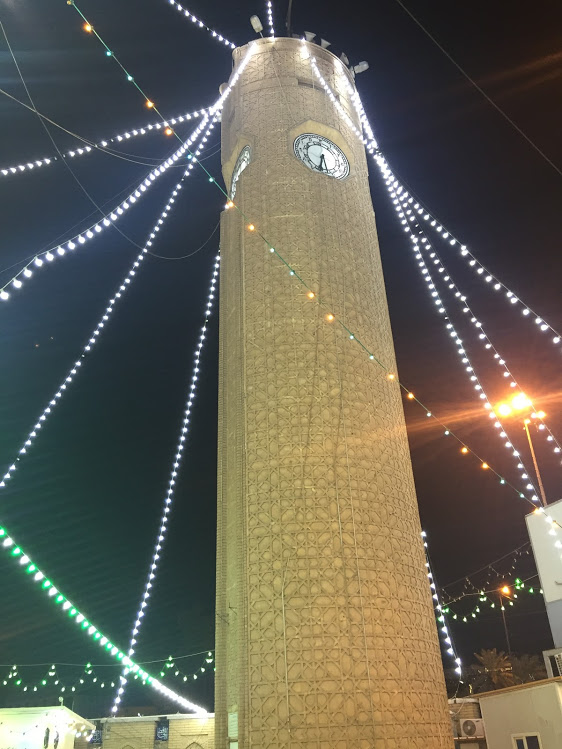
While he was in prison, Abu Hanifa died in 767 in Baghdad, either from being poisoned or from old age. It was said that his funeral was attended by 50,000 people, and was attended by al-Mansur himself.
During the rule of Buwayhid dynasty in Iraq (945–1055), in 985–986, a medium-sized mosque was built near Abu Hanifa’s tomb, by the orders of Amir Samsam al-Dawla (r. 983–987). In 1066, the mosque was restored by Sharaf al-Mulk Abu Sa’id al-Khwarizmi, who added a large dome and constructed the adjacent Hanafi school.

After the invasion of Baghdad by Shah Ismail of Safavid dynasty in 1508, Abu Hanifa mosque and school were destroyed and abolished. Sultan Suleiman the Magnificent of the Ottoman Empire captured Baghdad in 1534 and he ordered for the reconstruction of many Shia and Sunni sites in Baghdad including Abu Hanifa mosque in 1535.
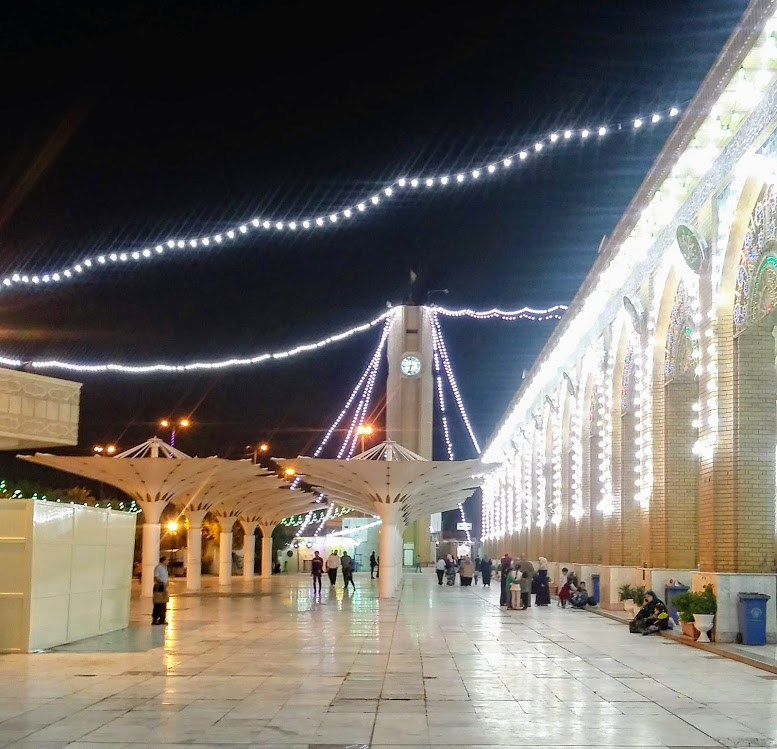
In 1638, the Ottomans re-invaded and again captured Baghdad, after it was recaptured by the Safavids in 1623. Sultan Murad IV built a luxurious dome on the mosque because it was the shrine of the Imam of the sultan’s madhhab. The present mosque was constructed in 1871 but its dome dates back to 1638.

The mausoleum is a masterpiece of Islamic architecture, with beautiful ornaments engraved on bricks and beautiful calligraphy of Koranic verses on blue tiles. The prayer hall is vast and includes columns and discs decorated with beautiful Moroccan decorations. The walls are also with Jordanian marble. In the middle is the minbar of the Imam overhung by a small dome.

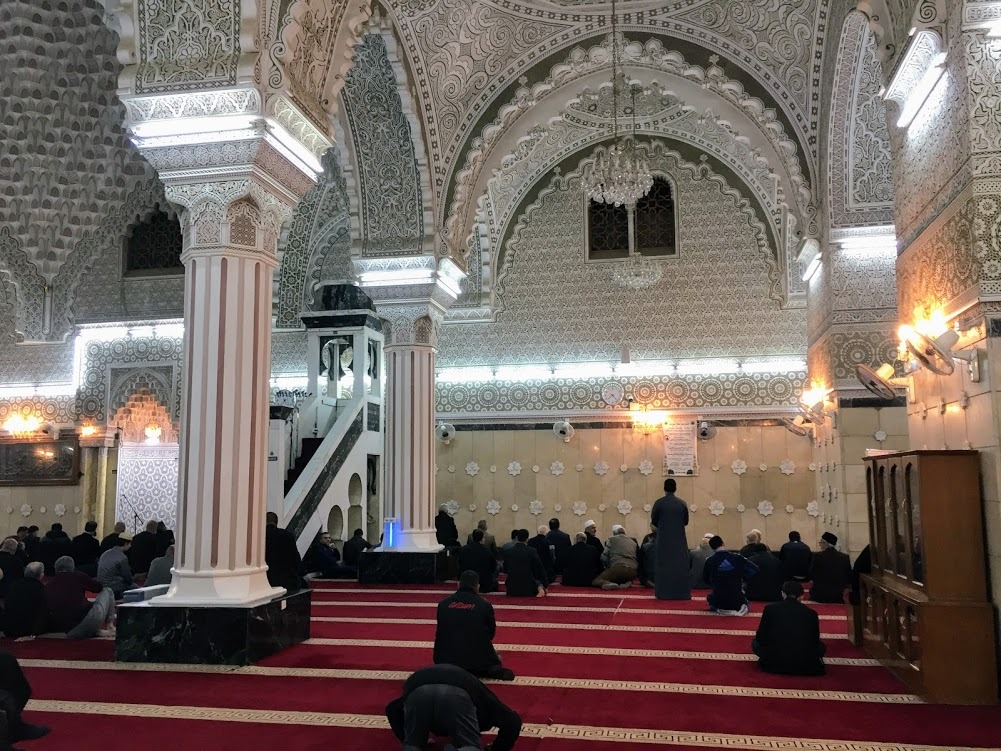
I asked a caretaker in the mosque whether I could take photographs, to which he agreed. Shortly after, it was the namaz time. I silently walked out of the main prayer hall so as not to disturb them. I sat outside waiting for my friend to do his prayers.
As the prayer was over, the caretaker came with keys and asked me to follow him. He opened the next room housing the tomb of Abu Hanifa. The tomb is located at the centre of the room behind the prayer hall. The tomb is covered by a wooden box, with silver grids. I was the first person to enter the room and visit the tomb of Abu Hanifa. When I walked out, he said: “Ziarat Maqboool!”
Just opposite to the shrine, there are lines of restaurants and street food joints serving traditional Iraqi cuisine. How can I miss such lovely foods? We went to a restaurant known to one of my friends, who stays in that neighbourhood.
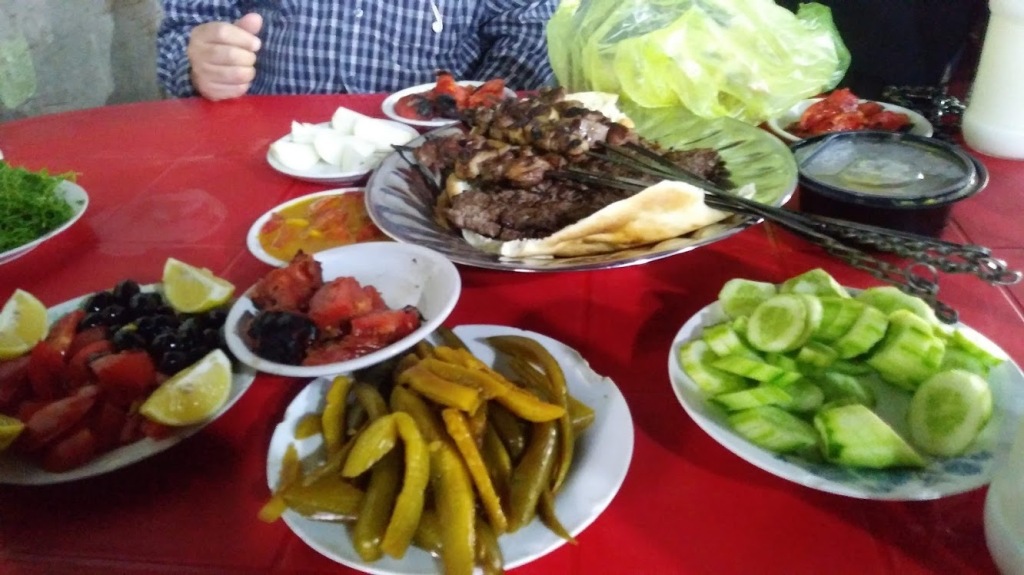
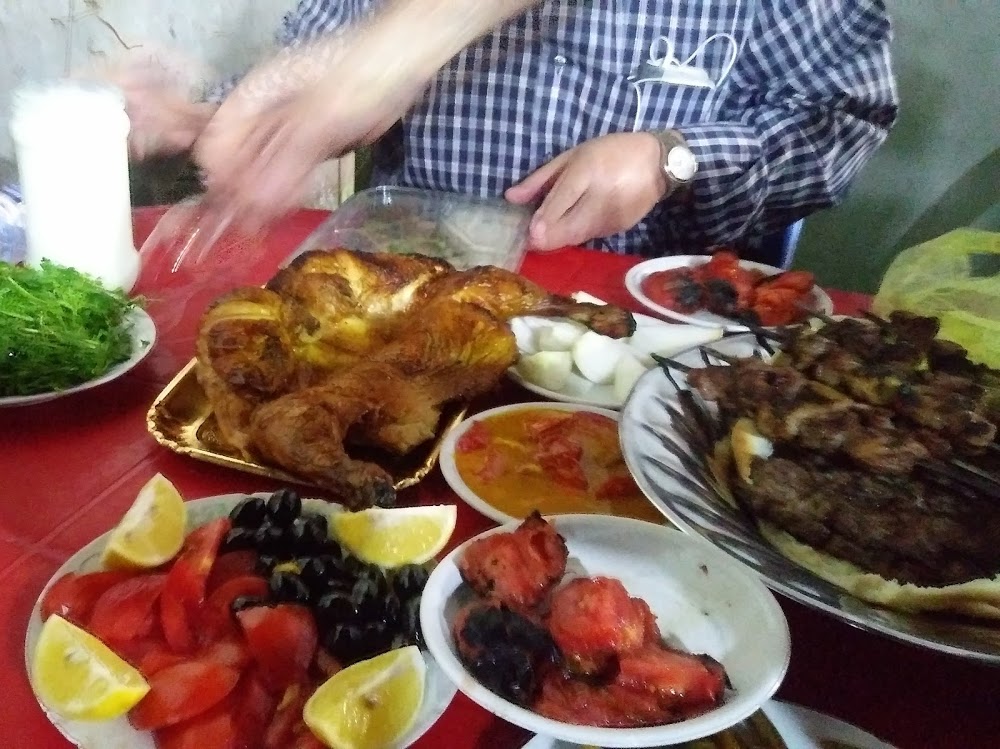
We had sumptuous dinner there consisting of kebabs, tandoori chicken along with salads and buttermilk. We returned home after finishing the dinner with chai istikan.
A visit to the Abu Hanifa mosque is a great way to experience the rich culture and history of Baghdad. Whether you’re a devout Muslim or simply interested in learning more about Islamic architecture and traditions, this mosque is definitely worth a visit.

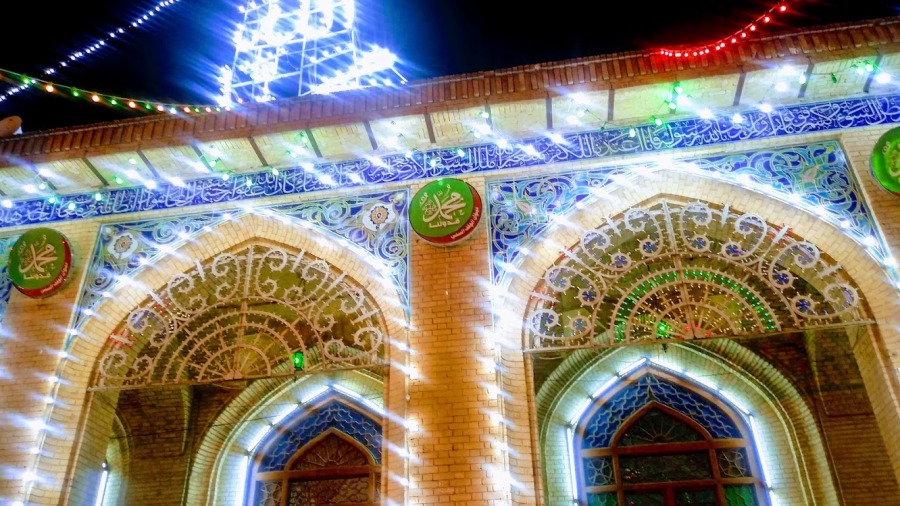


Came across your blog. Chuckled and thought would drop you a note. Liked the name of your blog.
I am relatively new to blogging. Love it when I come across blog life that of yours.
I am just 3 posts old and working on a series as of now. Would be please if you visit my blog. You would have figured out the name of my blog by now the the reason I chuckled. ☺
LikeLiked by 1 person
You have a nice blog, Hema. I also started following your blog. Keep blogging…
LikeLike
Thank you, Indrajit. Look forward to read your work.
LikeLiked by 1 person
Magnificent is the word! Lovely!!
LikeLiked by 1 person
👍👍 Thanks.
LikeLiked by 1 person
Such a charming and stunning mosque which I would love to visit one day, Indrajit! Is there a dress code I should be aware off when going there?
LikeLiked by 1 person
Thanks for dropping by.
I am not sure Agness but based on my experience I may say that women should have all skin covered while entering the shrine/mosque — wearing ankle-length dress. Sleeves should reach to each wrist and the hair should be covered by a headscarf.
LikeLike
Very graceful mosque in the memory of Abu Hanifa. The floral motifs and geometric patterns on the tomb are beautiful. I looked for the meaning of minbar. At the first glance, I read it as minibar and that got me confused.
LikeLiked by 1 person
Honestly, when I read minbar for the first time, I also took a second look at the word. 🙂
LikeLiked by 1 person
🙂
LikeLiked by 1 person
beautiful ❤
LikeLiked by 1 person
Thanks.
LikeLike
Pingback: Al-Kadhimiya Mosque, Baghdad – Indrosphere
Great to know the history. It’s also a good thing that people following other religions are also allowed in the mosque.
LikeLiked by 1 person
Yes, there is no such restriction at these shrines.
LikeLiked by 1 person
ভাল। অনেক ধর্মীয় স্থানে এরকম থাকে, ব্যাপারটা বেশ খারাপ লাগে।
LikeLiked by 1 person
👍🏼
LikeLike
Hi Indrajit, very well-written account of your journey, was very interesting to read. Do you have similar write-ups on places you visited in South Asia? Would be happy to share them. Thanks and keep writing, Cheers
LikeLiked by 1 person
Thanks. You may read my other posts.
LikeLike
🙂
LikeLike
pls do follow our page http://www.southasiafasttrack.com
LikeLiked by 1 person
Impressive. Also, I think it is important for such individual perspectives, like yours here, to be seen and heard, rather than just one common “official” narrative.
LikeLiked by 1 person
Thanks, sir.
LikeLike